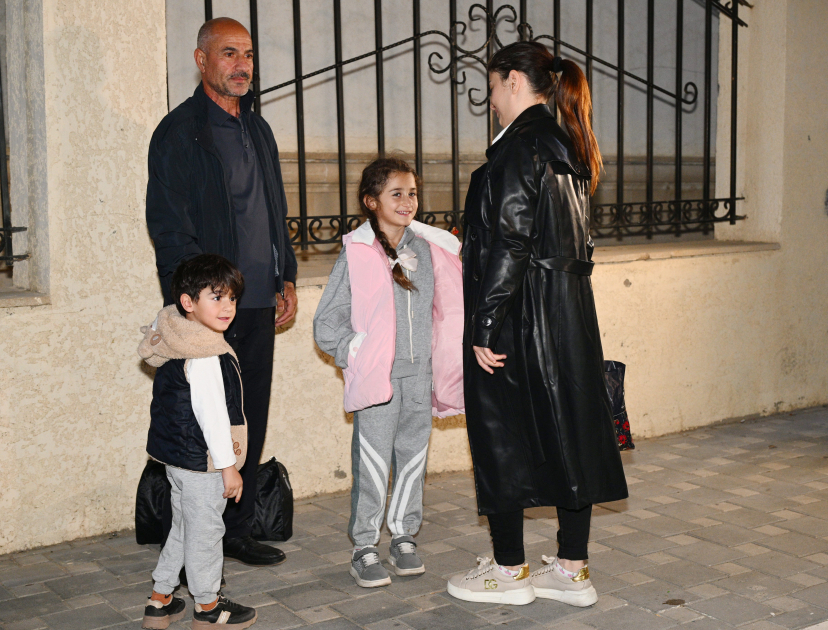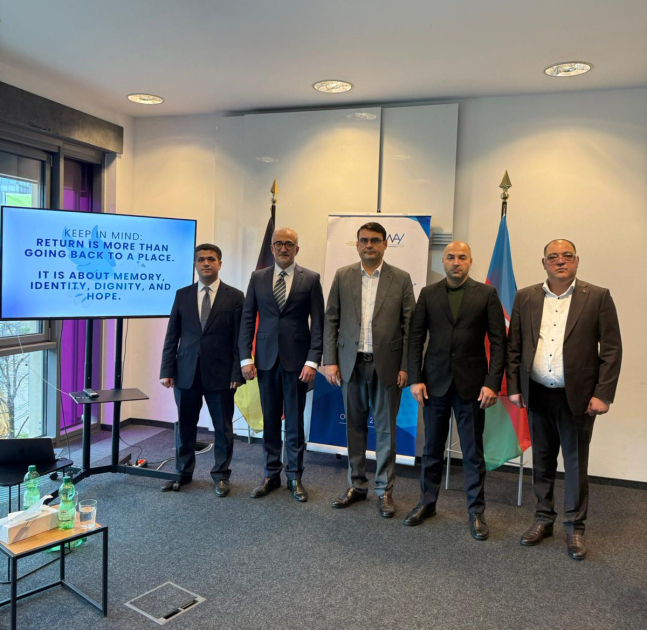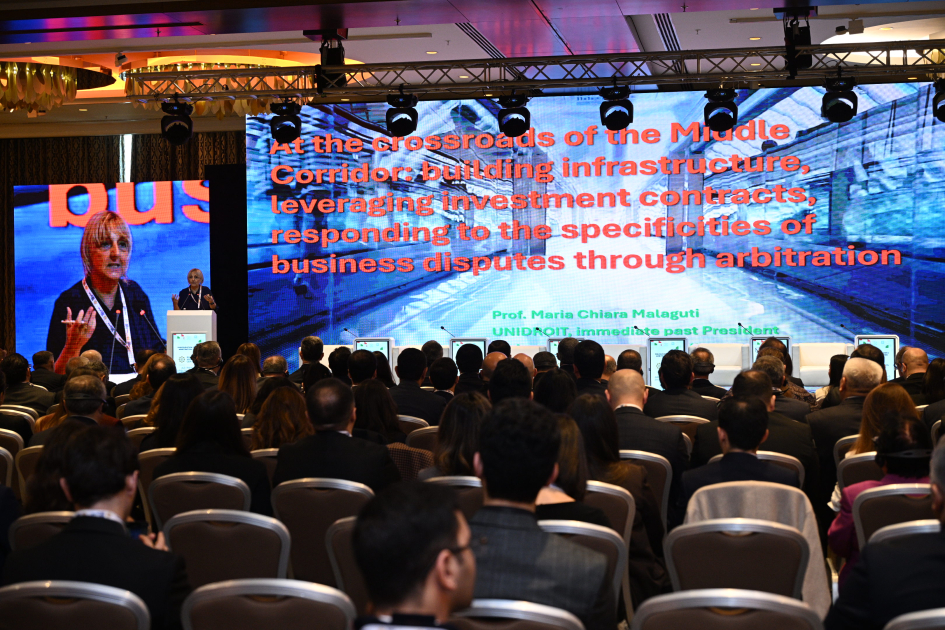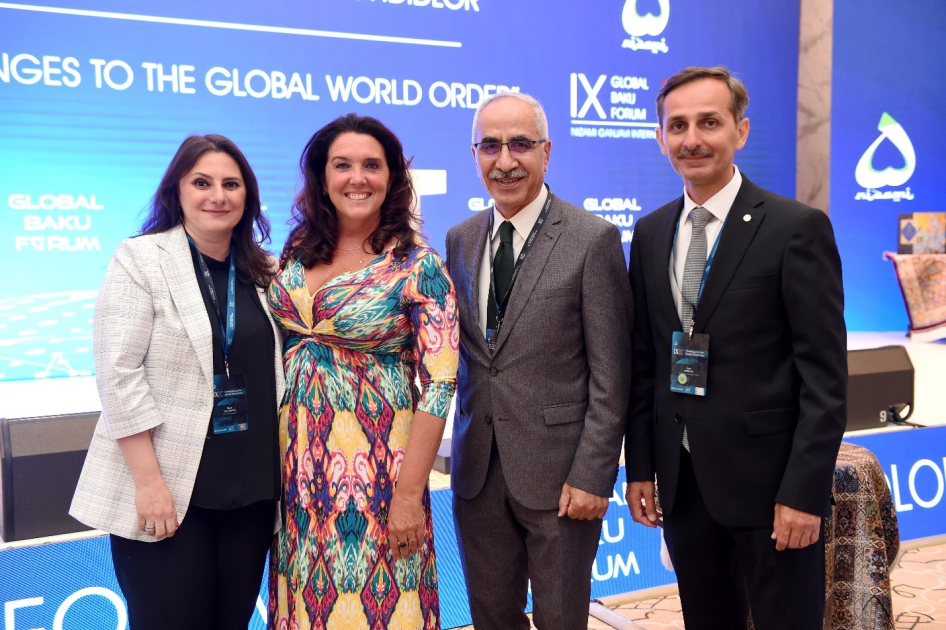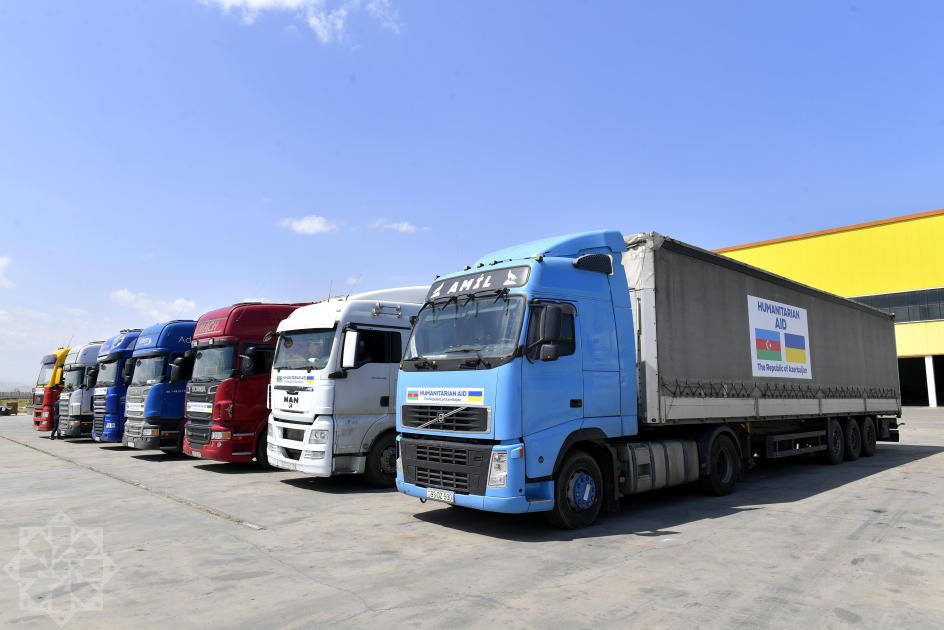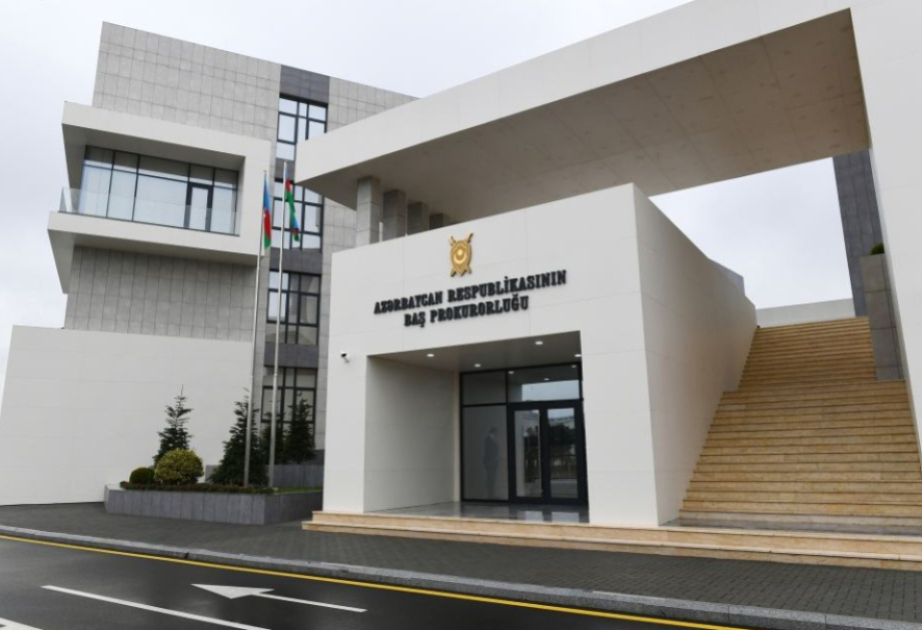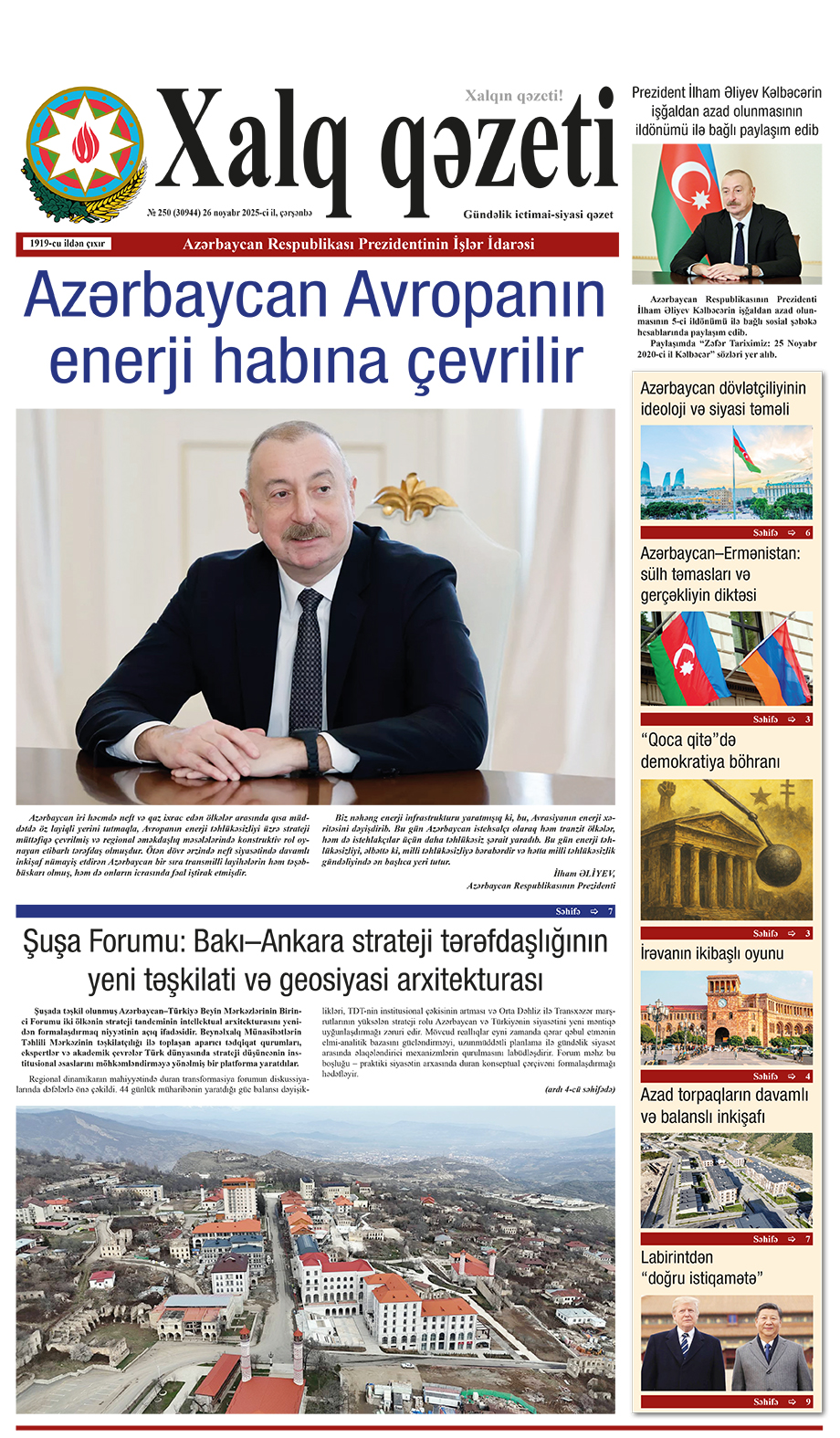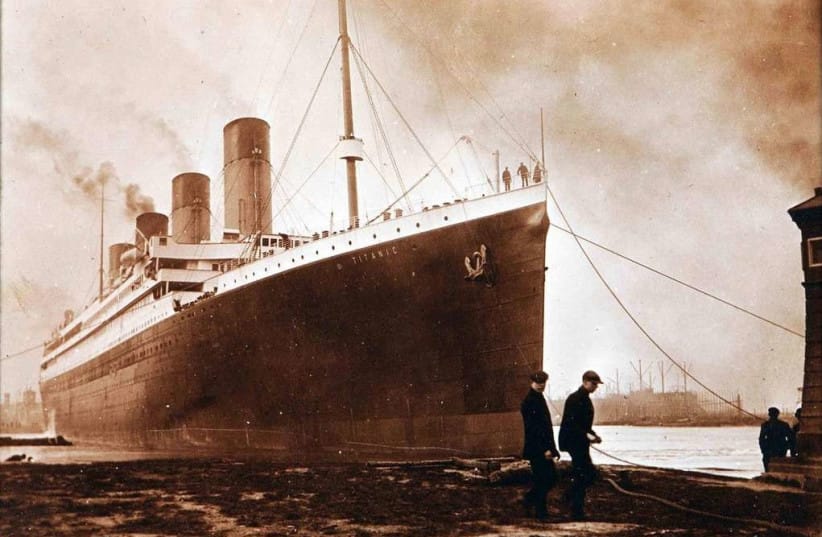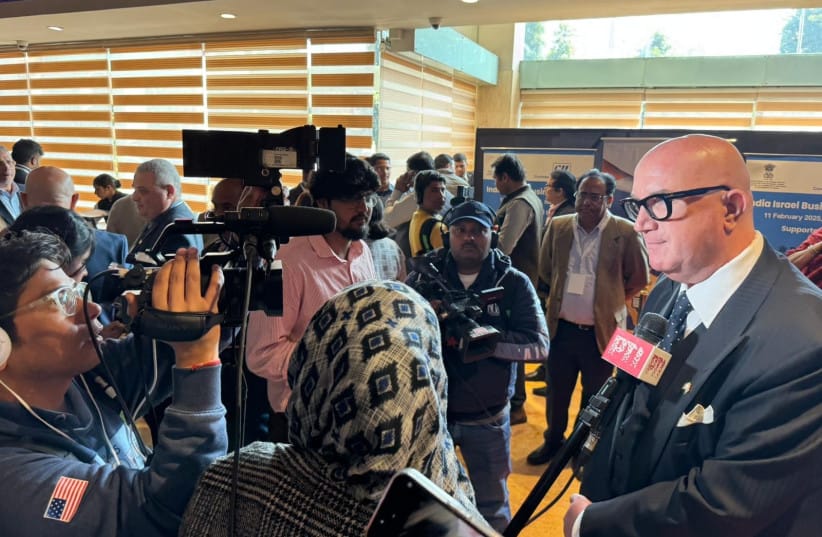The second round of the discharge of treated radioactive water from the wrecked Fukushima Daiichi nuclear power plant into the sea began Thursday, Kyodo reports citing the plant operator.
Tokyo Electric Power Company Holdings Inc. said it plans to eject about 460 tons of treated water per day about 1 kilometer off the coast via an underwater tunnel for less than three weeks.
The latest plan is the second of the four rounds to be conducted by the end of next March to release a total of about 31,200 tons of such water, with a total amount of tritium expected to be around 5 trillion becquerels, less than a quarter of the annual limit of 22 trillion becquerels.
TEPCO aims to dispose of 1.34 million tons of water or about 98 percent of storage capacity, pooled in over 1,000 tanks at the power plant over the next three decades.
The utility said Wednesday that the concentration level of tritium in the treated water, diluted with seawater, was 87 becquerels per liter, far below 1,500 becquerels, which is one-40th of the concentration permitted under Japanese safety standards.
No abnormal levels of tritium and other radioactive substances have been detected in seawater or fish samples collected from around the nuclear power plant since the first round of the discharge running from Aug. 24 to Sept. 11, according to monitoring by the Japanese authorities, TEPCO, and the International Atomic Energy Agency.
Still, a few countries, such as China and Russia, and local fishermen in Fukushima Prefecture criticized the Japanese government's decision. Beijing repeatedly urged Japan to halt the plan, saying the IAEA's safety review does not constitute a "green light" for discharging "nuclear-contaminated water" into the sea.
China imposed a blanket ban on Japanese seafood imports after the first round began. Japan has been urging Beijing to lift the ban and engage in scientific evidence-based discussions with experts from both countries while helping the domestic fishery industry alleviate the impact.




